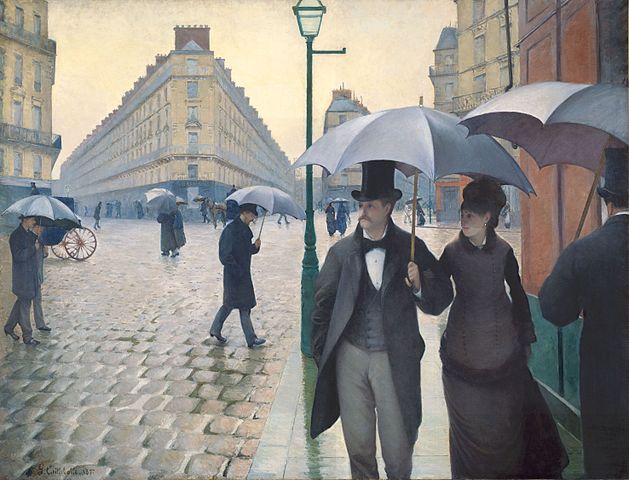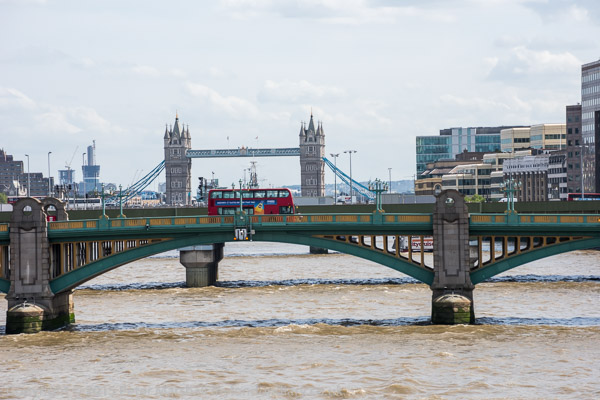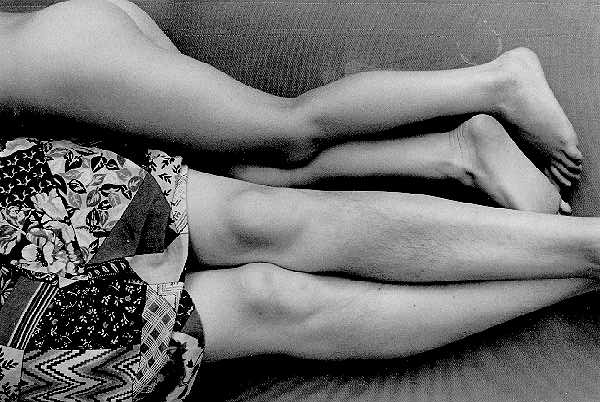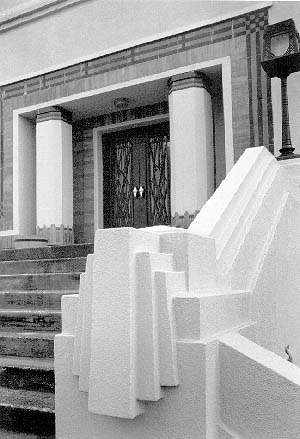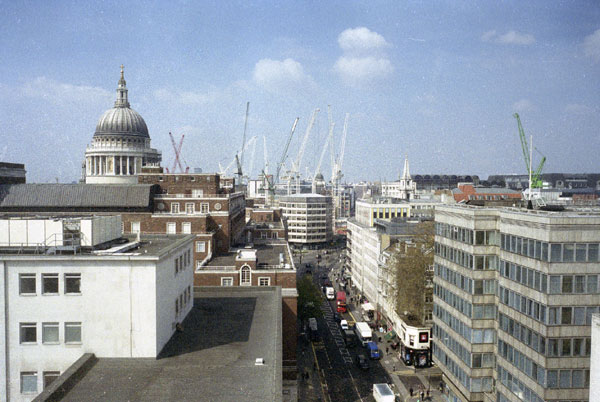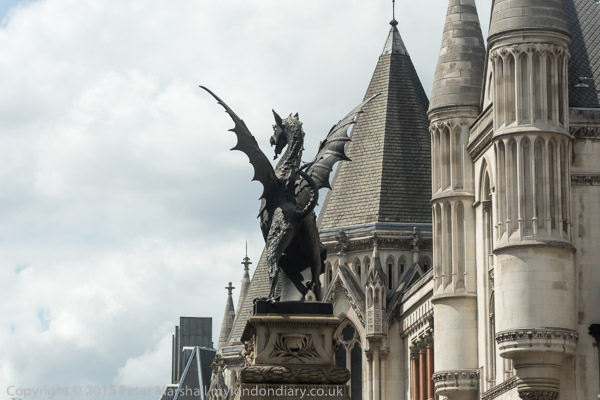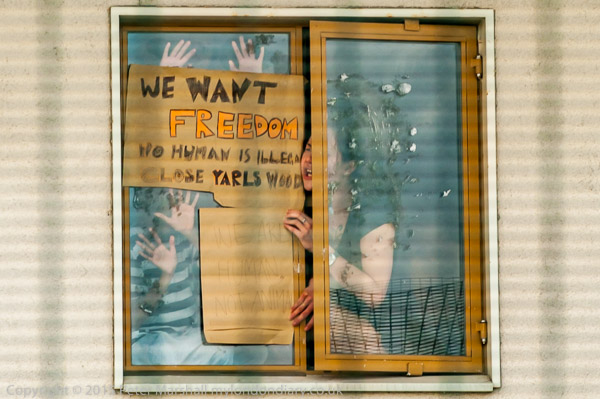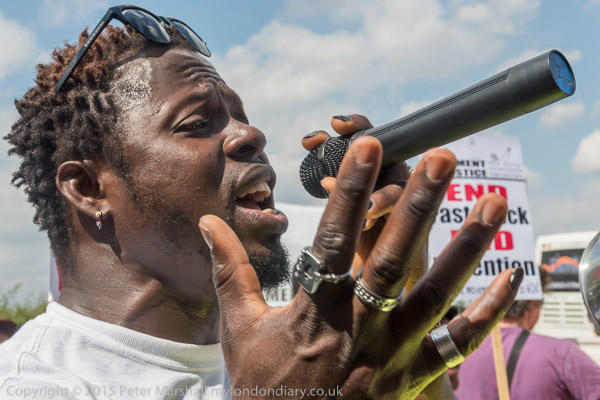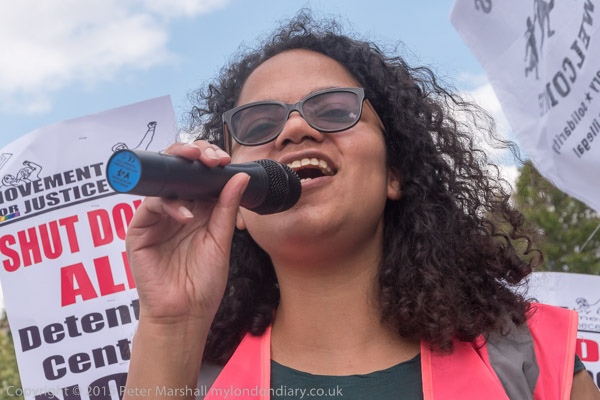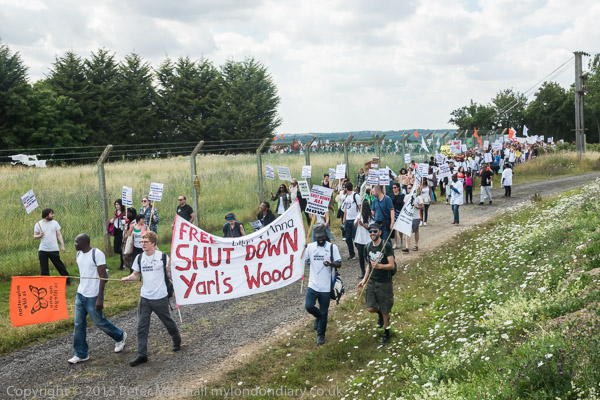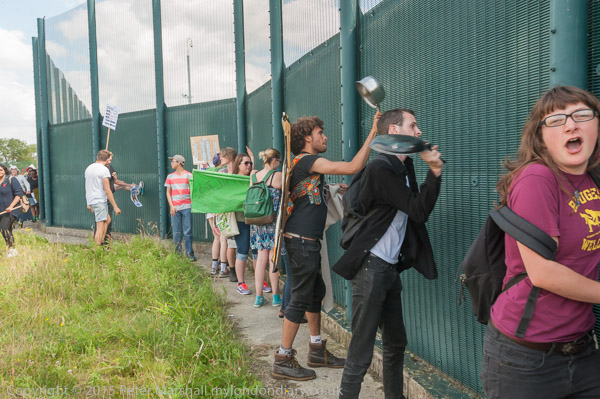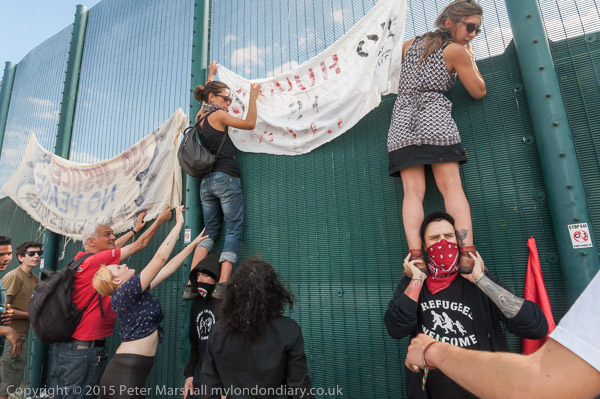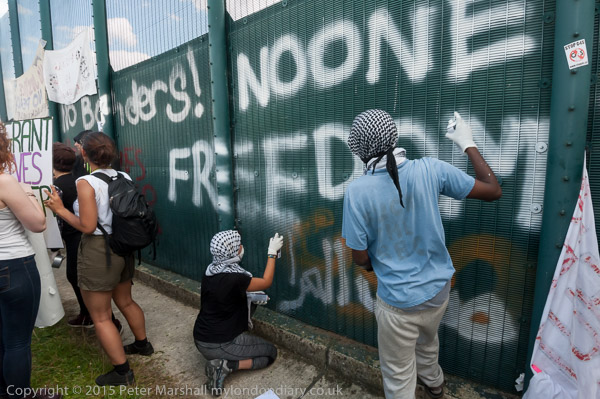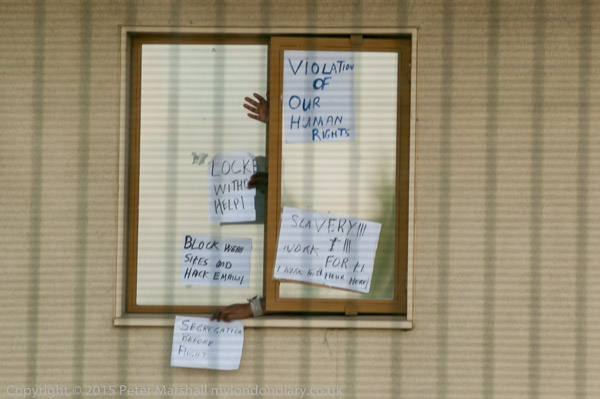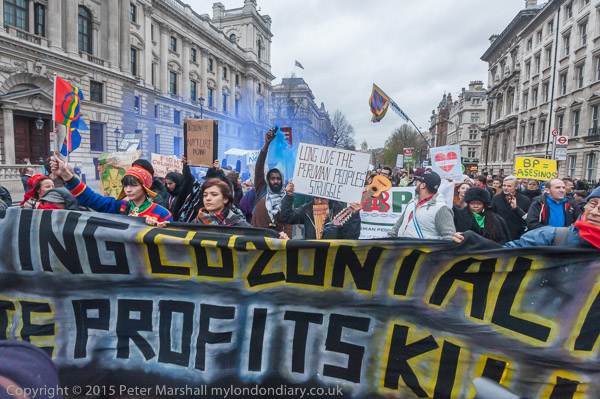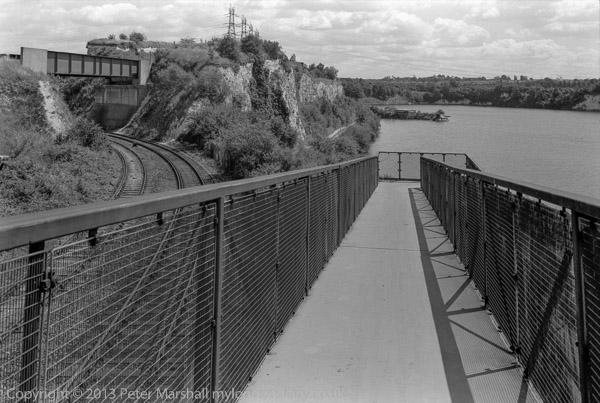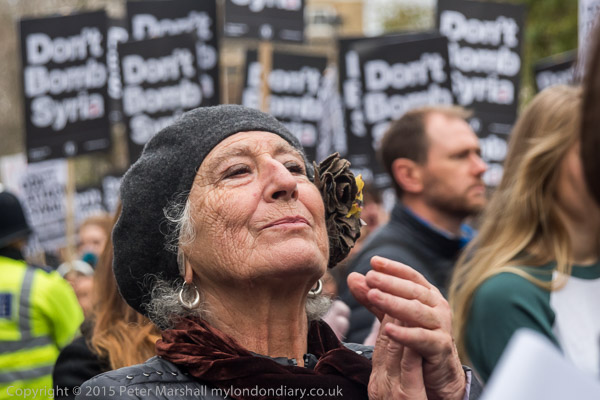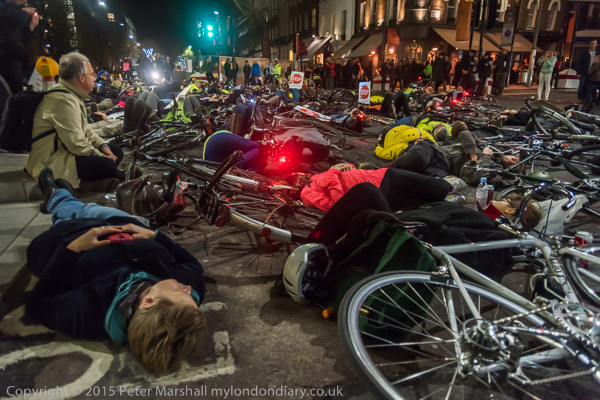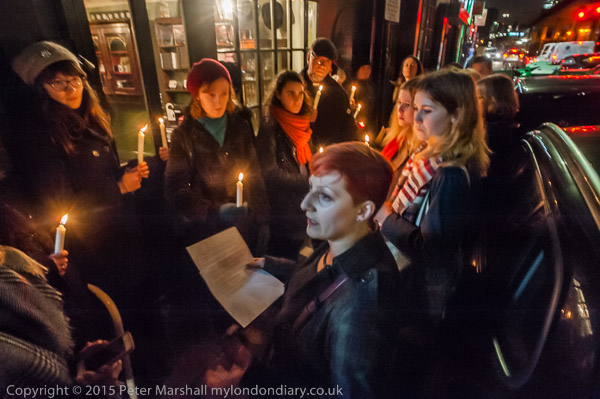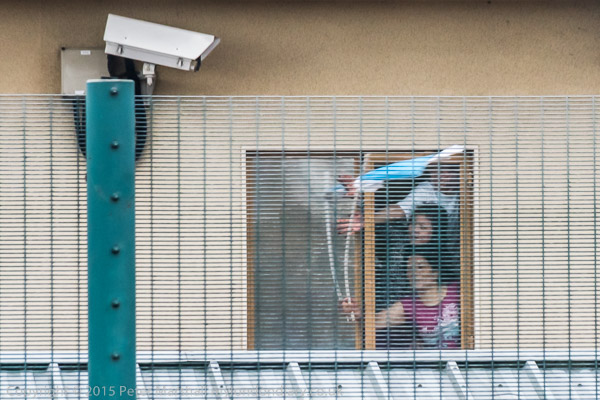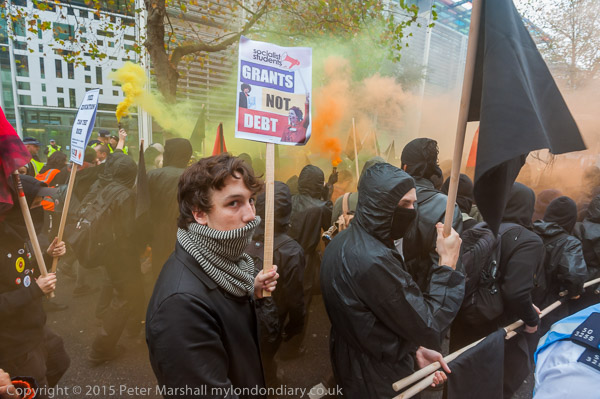Today, Dec 27th, the day after Boxing Day, seems a kind of non-day. Christmas in the UK traditionally lasted two days, Christmas Day itself and the next day, Boxing Day after which we all – or at least most of us – went back to work. Back in the early days when I was a teacher it was good to get another week or so of rest when most were back working. Now it seems to be almost a national holiday until after New Year’s Day, though today few of us will be celebrating the Feast of St. John, apostle and evangelist or National Fruitcake Day, apparently an unofficial US National Holiday, though we will certainly still be eating up our Christmas Cake.
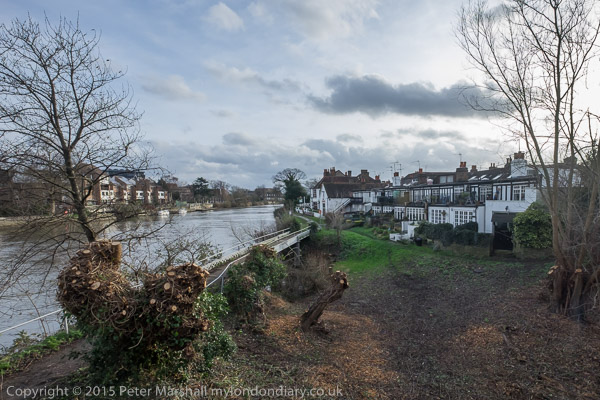
The Hythe next to Staines Bridge
Fortunately I’m in the half of the UK not currently covered by flood water – we had ours in Feb 2014, and the rain here this morning is only half-hearted. But our Christmas has been marked by a little worry about friends up north, who appear to have so far avoided flooding, and concern for the many not so fortunate. Our government appears to have gambled by cancelling or holding up hundreds of flood relief schemes, perhaps in the secure knowledge that they themselves live on higher ground – just as they are on financial heights untroubled by welfare cuts.
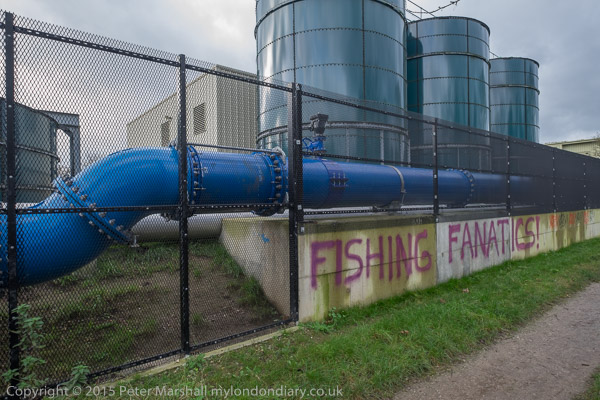
‘Fishing Fanatics!’ on the tow path by the water works, Egham
Yesterday, Boxing Day, we walked to my sister’s home for a second Christmas dinner – we needed a good walk to walk off the previous day’s at our home. She and her husband live around five miles away. Both our homes are a few hundred yards from the River Thames, and we can walk most of the way along what used to be the tow path, though towing would now be impossible with trees having grown up and many riverside residents having laid claim to the riverbank in front of their properties, fencing in what was public space and declaring it private.
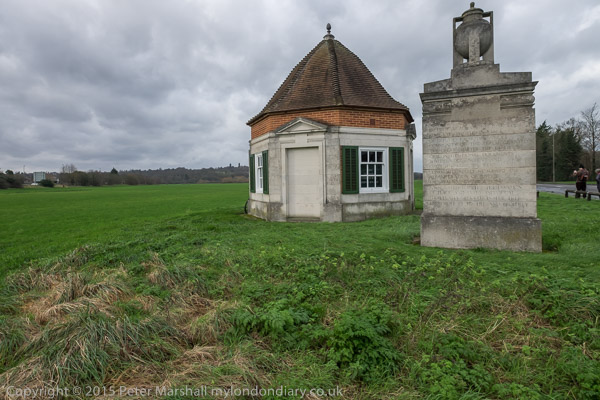
Runnymede, Egham
But that route was too short and too simple for my wife and son, and we left the riverbank half-way top climb up and down and up and down the wooded hills overlooking the flood plain at Runnymede. Although I was determined not to add to the plethora of reviews of the year that provide respite for journalists to hold their pre-Christmas parties, it inevitably brought back to my mind the events of June, when the UK celebrated the 800th anniversary of Magna Carta by – among other things – a disgraceful and massive police restriction on the freedom of those living closest to the site where it was signed in the Runnymede Eco-village, which a few weeks later was evicted from its woodland site.
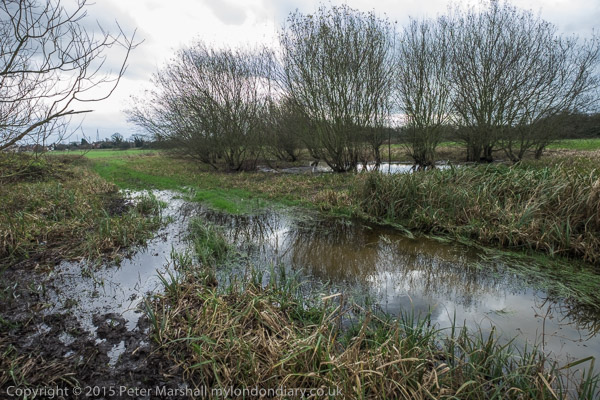
Footpath across the old course of the Thames, Runnymede
Our path took us through one of the old routes of the Thames, close to the bottom of the hill, a muddy wade through a few inches of water that at least in the wetter months of the year still insist on clinging to the old path, and then up and down by the fence around the former eco-village site.
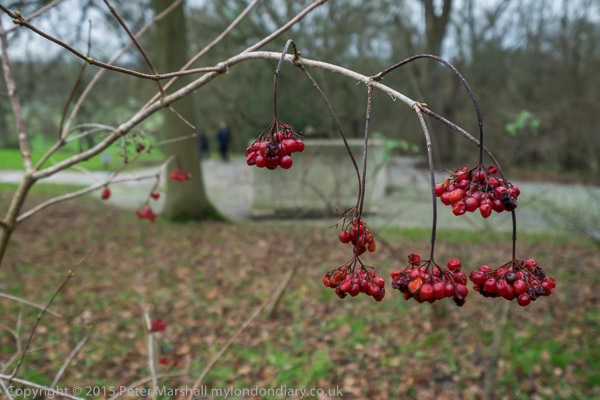
America – Kennedy memorial, Runnymede
Then came a short visit to America, an acre of which is around the Kennedy memorial, before going down to the plain and the 12 bronze chairs of The Jurors.
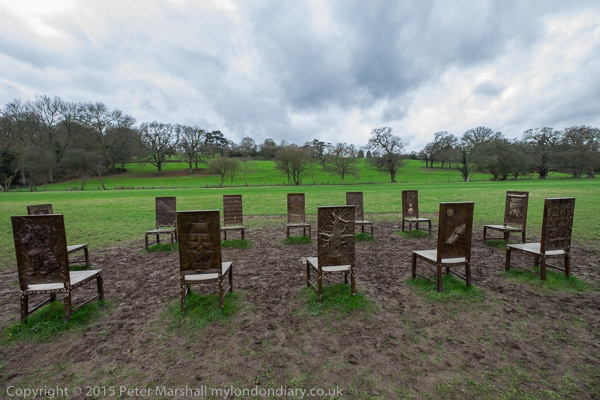
The Jurors, Runnymede
From there it was a short walk by the river into Old Windsor, and along the Straight Road, where two red kites circling around took our minds away from the tedium of the traffic as we walked through puddles scraping the worst of the mud from our boots.
All of these pictures were made using the Fuji X-T1 with the 10-24mm lens, a truly excellent lens when there is enough light for its f4 maximum aperture not to be a problem. It isn’t the smallest lens for the camera, but considerably lighter than the full-frame Nikon equivalent.
I still have a problem with the white balance of the X-T1, which seems to be way out on my camera. A typical image from those above is at 5687K and Tint -37, while the ‘As Shot ‘ values were 5000K and Tint -1. The difference in the Kelvin value isn’t huge – and I’ve perhaps preferred a slightly warmer result, but the camera produces noticeably pink images. I’ve checked and double-checked the colour settings, but unless I remember and use a custom white balance setting, it views the world through rose-tinted glasses.
